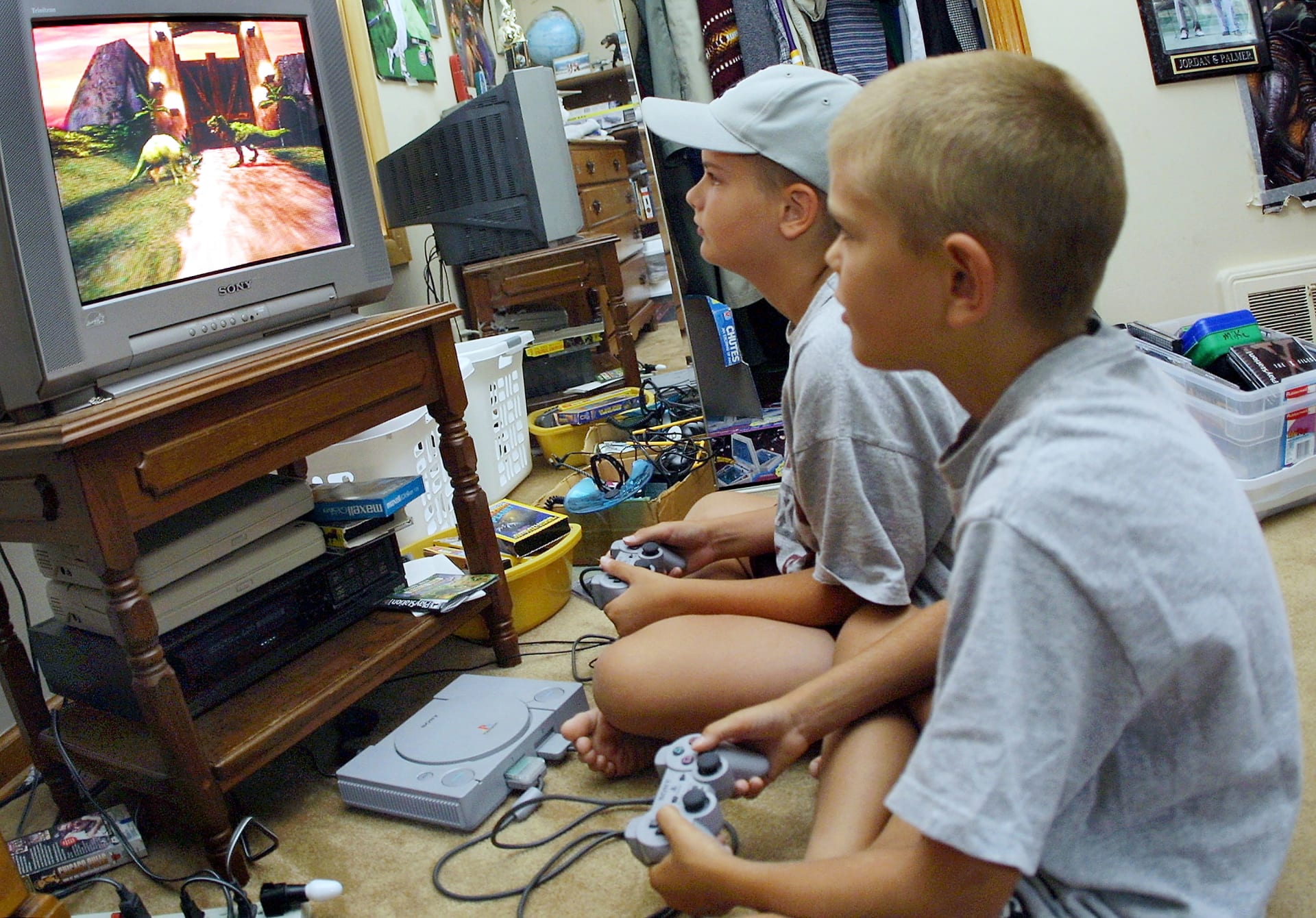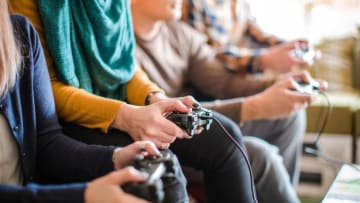دبي، الإمارات العربية المتحدة (CNN) -- يخشى بعض الأهل من أن تّضرّ ألعاب الفيديو بصحة أطفالهم، لكنّ دراسة جديدة وُضعت برعاية المعاهد الوطنية للصحة، ونُشرت في مجلة "JAMA Network Open" الإثنين، وجدت أنّ الألعاب قد تساهم بالتحكم في الإدراك والانفعالات.
وكانت دراسات سابقة أخرى توصلت إلى نتائج مماثلة، بيد أنّ ما يميّز هذا البحث أنه شمل على أكبر مجموعة من الأطفال حتى الآن. ووجد أنّ أداء الأطفال الذين لعبوا ألعاب الفيديو لمدة ثلاث ساعات أو أكثر يوميًا، أفضل في المهام المرتبطة بالذاكرة والتحكم بالانفعالات، من الأطفال الذين لم يلعبوا ألعاب الفيديو على الإطلاق. وتمتع اللاعبون أيضًا بمستويات أعلى من النشاط في أجزاء من الدماغ مرتبطة بالانتباه والذاكرة العاملة.
ورغم ذلك، لاحظ الباحثون أنهم لم يجدوا دليلًا على وجود علاقة سببية مباشرة بين ألعاب الفيديو والتحسينات المعرفية.
واستعان البحث ببيانات لقرابة ألفي طفل تتراوح أعمارهم بين 9 و10 سنوات، استقاها من دراسة النمو المعرفي لدماغ المراهقين (ABCD)، التي تتابع حوالي 12000 طفل، في أكبر دراسة طويلة المدى تجرى في البلاد، حول نمو الدماغ وصحة الطفل.
ووزّعت الدراسة الجديدة الأطفال على مجموعتين: واحدة تضم من يلعبون لأكثر من ثلاث ساعات يوميًأ، وأخرى ضمّت من لا يلعبون مطلقًا. وشاركت كل مجموعة في اختبارين يقيسان التحكّم في الانفعالات، والذاكرة قصيرة المدى، أثناء خضوعهم لتصوير الدماغ.
وقال مؤلف الدراسة الرئيسي بدر الشعراني، الأستاذ المساعد بقسم الطب النفسي في جامعة فيرمونت، إنّ الباحثين ضبطوا عوامل مثل الجندر، والعمر، والحالتين الاجتماعية والاقتصادية. ووجدوا أنّ ممارسي ألعاب الفيديو لم يؤدوا أداءً أفضل في الاختبارات فحسب، بل "تمتعوا بمزيد من عمليات تنشيط الدماغ في مناطق مرتبطة بالانتباه والذاكرة العاملة".
ورأى الشعراني أنه "كان من الرائع رؤية ذلك، لأنها طريقة لشرح سبب أدائهم بشكل أفضل".
ولم تميّز الدراسة بين أنواع ألعاب الفيديو التي يلعبها الأطفال، لكنّ الشعراني أشار إلى أنّ غالبية الأطفال يميلون إلى ممارسة ألعاب إطلاق النار سريعة الوتيرة، وألعاب المغامرات، بدلاً من ألعاب المنطق ذات الوتيرة البطيئة مثل الألغاز.
وقال الشعراني إن إحدى خلاصات هذه الدراسة قد تتمثّل بأنّ على الوالدين التفكير باختيار ألعاب الفيديو على التلفزيون، لافتًا إلى أنّ "ألعاب الفيديو قد لا تكون أسوأ من مشاهدة التلفزيون".
وفي حديث للدكتورة جيني راديسكي، مديرة طب الأطفال السلوكي التنموي بكلية الطب في جامعة ميشيغان، مع CNN، أوضحت أنّ "الأهل الذين يطّلعون على هذه النتائج يجب أن يعلموا أن غالبية الأبحاث تشير إلى أن قضاء بعض الوقت في ألعاب الفيديو يوميًا، يتراوح بين ساعة أو ساعتين خلال أيام الأسبوع، يتّصل بتحسّن الصحة العقلية".
ولاحظت راديسكي، غير المشاركة في الدراسة الجديدة، أنه "لا يمكننا استقراء هذه النتائج على أنها تفترض أن المزيد من ألعاب الفيديو ستؤدي إلى تحكم أفضل بالانفعالات، أو ذاكرة عاملة في السياقات التي لا تتعلق بالشاشة، مثل الفصول الدراسية أو القيام بأعمال منزلية. ويساعد المعلمون/ مقدمو الرعاية ومقاربات بناء المهارات الاجتماعية والعاطفية بتنمية هذه المهارات وسط بيئات أكثر طبيعية".


